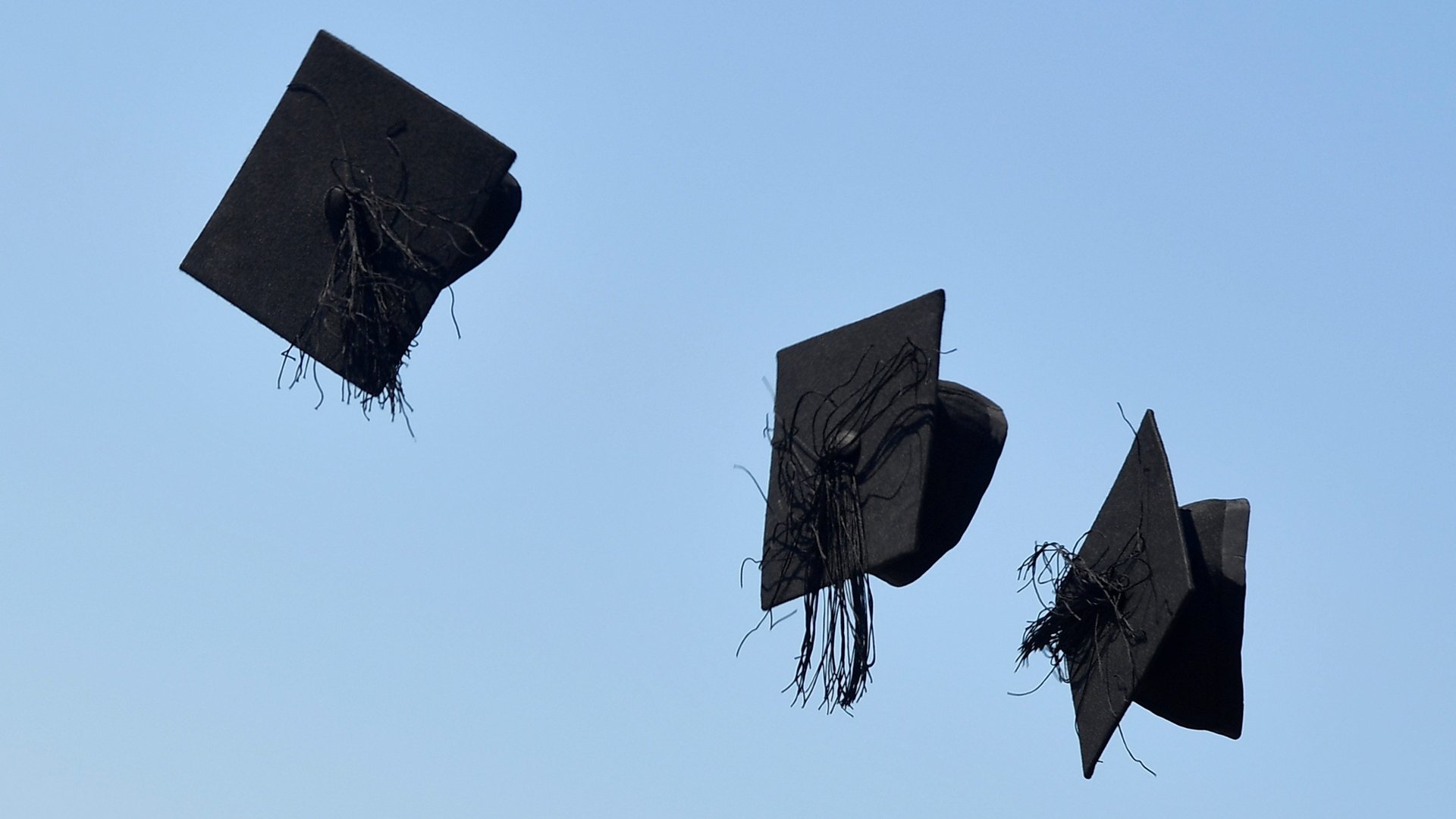Here’s a way to increase college completion rates
Americans have a complicated relationship with higher education. They are angry at its staggering cost, and question its value in a fast-changing economy. But data are clear that college graduates earn significantly more than people with no higher education. Not surprisingly, the share of Americans pursuing higher education has risen 60% since 1970, to about 40%.


Americans have a complicated relationship with higher education. They are angry at its staggering cost, and question its value in a fast-changing economy. But data are clear that college graduates earn significantly more than people with no higher education. Not surprisingly, the share of Americans pursuing higher education has risen 60% since 1970, to about 40%.
But complicating the picture is the 40% of students who start and don’t finish, taking with them debt but no degree (student debt in America stands at a staggering $1.5 trillion). One way to reduce this percentage is to focus on a particular group of students: those who need childcare.
Nearly 4 million students, or 22% of students in two- and four-year colleges in the US, have a dependent child, according to the Institute for Women’s Policy Research. And 53% of student parents leave college without obtaining a degree, significantly higher than non-parents.
Given the demands of parenting, that is perhaps little surprise. But some schools are trying to help. At Endicott College, in Massachusetts, a program called Keys to Degrees offers single students aged 18 to 24 who have one child housing, a dining hall meal plan (children eat for free), childcare, and after-school support. At Monroe Community College in Rochester, New York, student parents who used the on-campus childcare center were nearly three times as likely to graduate or transfer to a four-year college than ones who did not use the center.
The US Department of Education also provides some assistance: Its Child Care Access Means Parents in School (CCAMPIS) program provides funding to about 90 campuses to provide childcare access to low-income student parents. Some outcome data for CCAMPIS students show an association between participating in the program and improved college success. At the University of Wisconsin-Madison, 77 students participated from 2005-2011 and 83% graduated.
Childcare is an issue for all parents, not just students. According to the US Census 2013 report “Who’s Minding the Kids?” (pdf), weekly childcare costs for a family with an employed mother rose by about 70% from 1985 to 2011, the last year in which the census collected childcare cost data. During that time, wages remained relatively stagnant.
Imagine adding that to the traditional challenges of staying in college. Single mothers in college full-time spend nine hours a day on care and housework, according to (pdf) the Institute for Women’s Policy Research. That compares to two hours for women and college students without children. “Work and caregiving demands leave less time for single mothers to focus on coursework, threatening their academic success and potentially putting their financial aid eligibility at risk,” the report says.
Americans don’t have a huge amount of faith in higher education these days. When asked if the system was generally going in the right or wrong direction in a 2018 Pew Research Center survey, 61% said it was going in the wrong direction. Republicans were less happy than Democrats, who cited cost as the main issue; Republicans cited cost, but also professors who bring their social and political views into the classroom and a lack of free speech on campus.
But higher education is still seen as one of the few vehicles of social mobility available in an increasingly competitive and unequal world. One way to boost its effectiveness is to offer childcare and other services catering to student parents.
Here’s a list of the best colleges in the US for students with kids.